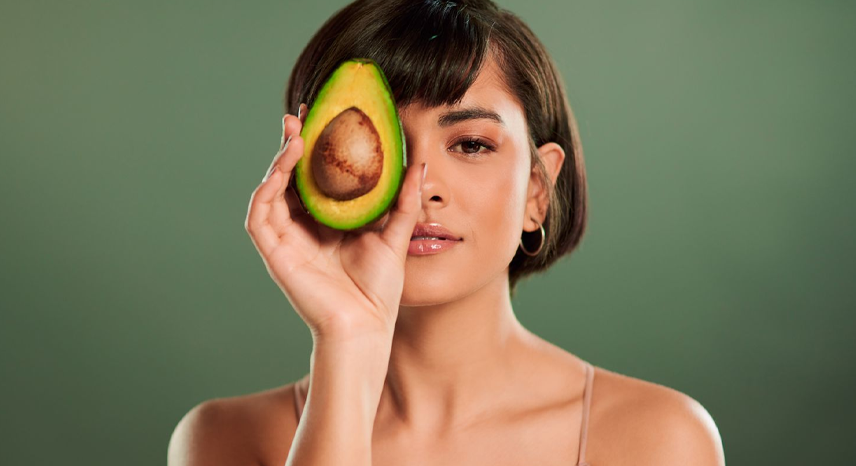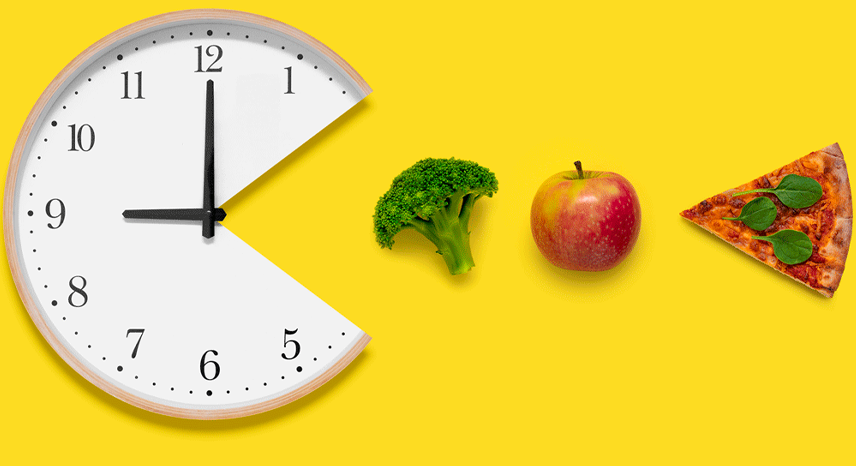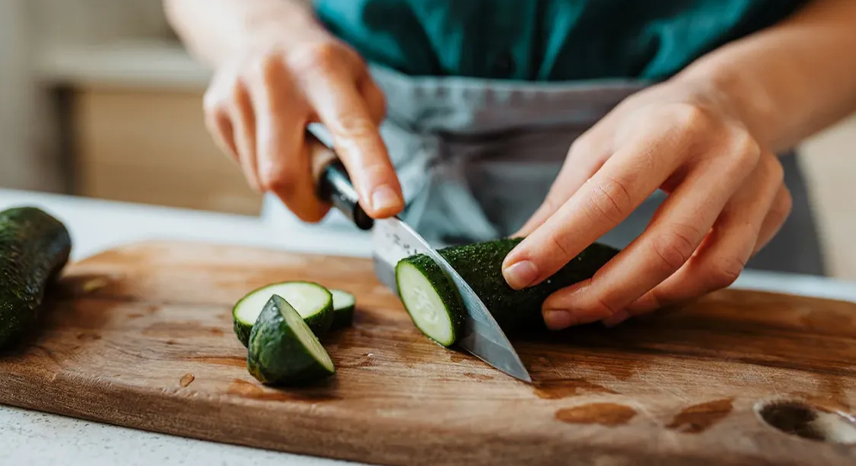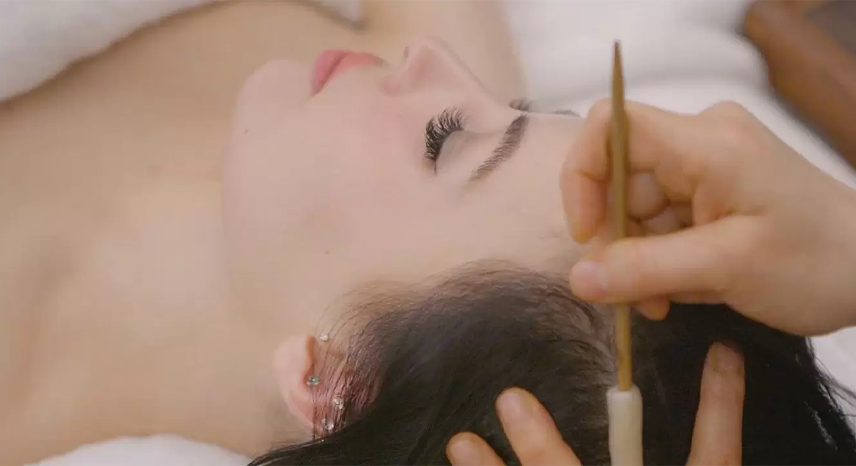Simple and Effective Ways to Prevent Acne and Pimples
Time 7 min(s) read
Acne and pimples are common skin problems that many women experience at some point in their lives.
Acne and pimples are common skin problems that many women experience at some point in their lives. These skin issues can cause discomfort, low self-esteem, and frustration. Acne usually appears as small red or white bumps, blackheads, or even painful cysts that form on the face. Pimples, often a more localized breakout, are a type of acne that is typically inflamed. They happen when pores become clogged with excess oil, dirt, and dead skin cells. While it is most common in teenagers, many adults also suffer from acne due to hormonal changes, stress, or improper skincare routines. Preventing acne is possible with the right habits and lifestyle choices. Maintaining clean skin, eating a balanced diet, managing stress, and using natural skincare methods can help reduce breakouts. Understanding the causes and symptoms of acne can also help find the best preventive methods. In this blog, we will explain the different types of acne, their symptoms, causes, and risk factors. It will also provide helpful tips on treatment and preventive care to keep your skin clear and healthy.
Types of Acne
Acne appears in different forms, and understanding these types can help manage and prevent breakouts effectively. The most common types include.
1) Whiteheads
Blackheads are open, clogged pores that look dark due to the oxidation of the oil and dead skin cells trapped inside. The dark appearance is not caused by dirt but by the chemical reaction between the trapped material and oxygen in the air.
Papules are small, red, raised bumps that occur when the skin's walls around the pores break which results in inflammation. These bumps are typically tender to the touch and are a mild form of acne.
Symptoms of Acne
Causes of Acne
Many factors contribute to acne, and knowing them can help you take the right steps to prevent breakouts. The main causes include:
Risk Factors for Acne
Some people are more likely to develop acne due to certain risk factors, including:
Treatment for Acne
If acne does appear, there are various treatments that can help clear it up. Here are some options:
Over-the-counter creams and gels containing ingredients like benzoyl peroxide, salicylic acid, or sulfur can help reduce acne by killing bacteria and reducing inflammation.
Tips to Prevent Acne and Pimples
Prevention is the best way to maintain clear skin. Follow these simple tips to reduce acne breakouts:
1. Keep Your Face Clean
Wash your face twice daily with lukewarm water and a gentle cleanser. Avoid scrubbing too hard, as it can irritate the skin.
2. Moisturize Daily
Use a lightweight, non-greasy moisturizer to keep your skin hydrated without clogging pores.
3. Avoid Heavy Makeup
Use light, breathable makeup and remove it before bed. Avoid using oil-based products.
4. Maintain a Healthy Diet
Incorporate fresh fruits, vegetables, and whole grains into your diet. Avoid junk food and excessive sugar, which may trigger acne.
5. Stay Hydrated
Drink plenty of water to keep your skin healthy and help flush out toxins.
6. Change Pillow Cases Regularly
Pillowcases can accumulate oils and bacteria from your face. Change them frequently to prevent breakouts.
7. Reduce Stress
Practice relaxation techniques like yoga, meditation, or deep breathing exercises to keep stress levels low.
8. Get Enough Sleep
A good night's rest allows your skin to repair itself and maintain a healthy appearance. Aim for 7-8 hours of sleep daily.
9. Avoid Touching Your Face
Hands carry bacteria, so avoid touching your face unnecessarily to prevent the spread of germs.
10. Use Natural Remedies
Applying aloe vera, honey, or green tea can soothe skin and reduce inflammation naturally.



